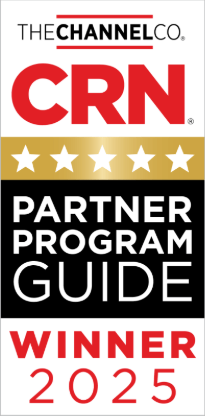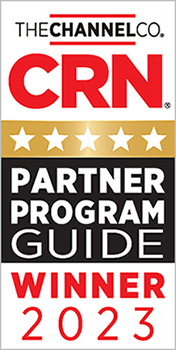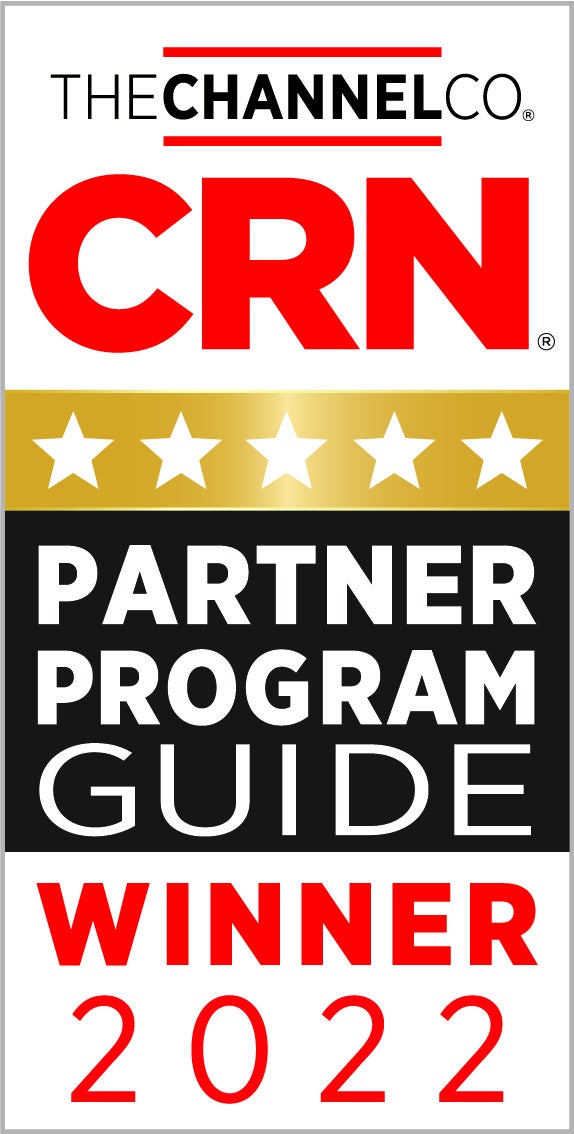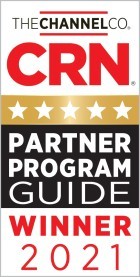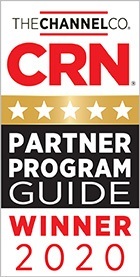-
English
LanguageCountry -
English
LanguageCountry -
 AcumatiCares
AcumatiCares
- Contact Us
- Log In
Become an Acumatica Independent Software Vendor (ISV)
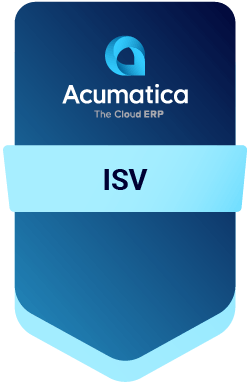
Thank you for your interest in becoming a member of the Acumatica team as an Independent Software Vendor. As an Acumatica ISV, you provide value-add solutions to our customer base, so making sure that we have a good match is vitally important.
At this point, you have probably explored our website and have learned quite a lot about us. In return, we’d like to get to know a bit more about you.
 Canada (English)
Canada (English)
 Colombia
Colombia
 Caribbean and Puerto Rico
Caribbean and Puerto Rico
 Ecuador
Ecuador
 India
India
 Indonesia
Indonesia
 Ireland
Ireland
 Malaysia
Malaysia
 Mexico
Mexico
 Panama
Panama
 Peru
Peru
 Philippines
Philippines
 Singapore
Singapore
 South Africa
South Africa
 Sri Lanka
Sri Lanka
 Thailand
Thailand
 United Kingdom
United Kingdom
 United States
United States
